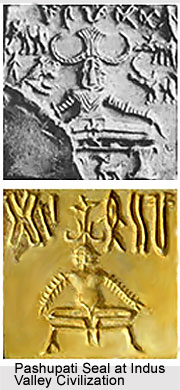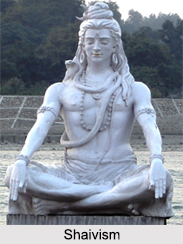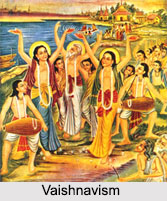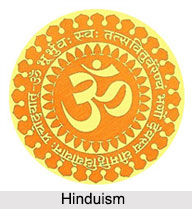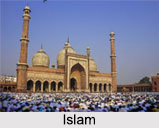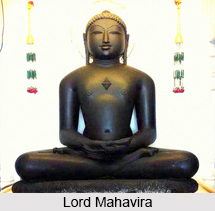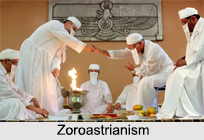 Mandir Sthaptya or Jain temple may be referred to by many different names. Jain temples are known as "Derasara" or "Jinalaya" or "Mandira". In the Medieval period, artistically beautiful Jain temples were constructed in Gujarat, Rajasthan, Madhya Pradesh, Karnataka and Tamil Nadu. Intricately carved Jain temples are witnesses of the aesthetic sense of the artists, the grandeur of the Kings and religions. Temple construction, considered a meritorious act, is an ongoing activity of the Jain community.
Mandir Sthaptya or Jain temple may be referred to by many different names. Jain temples are known as "Derasara" or "Jinalaya" or "Mandira". In the Medieval period, artistically beautiful Jain temples were constructed in Gujarat, Rajasthan, Madhya Pradesh, Karnataka and Tamil Nadu. Intricately carved Jain temples are witnesses of the aesthetic sense of the artists, the grandeur of the Kings and religions. Temple construction, considered a meritorious act, is an ongoing activity of the Jain community.
Structure of Mandir Sthaptya
The Mandir Sthaptya or Jain temple, like any other Indian temple can be divided into five parts. They are:
1. Garbhagriha (Sanctum sanctorum): The main part of Jain temple is called "Gambhara" (Garbhagriha) which is the nucleus and the innermost chamber of the temple where the image or idol of the main deity is placed. The shrine or Garbhagriha is usually devoid of any ornamentation to avoid distraction and lead the worshiper further to tranquility.
2. Shikhara: The upper part of the Garbhagriha is called the "Shikhara". Shikhara has a curving shape like structure. It is the most dominant and characteristic feature of the Jain temple in the north.
3. Antaral (Vestibule): Some temples have this additional element. This small vestibule is a space between the main sanctuary and its hall, in which worshippers can stand and gaze at the idol or follow rituals conducted within the shrine.
4. Ardha-Mandapa (Entrance hall): This is the front porch or the main entrance of the temple leading to the shrines. At the main gateway, a worshiper bends down and touches the threshold before crossing it. The gateway greets the worshiper with a host of sculpted secular figures on the outer walls; representing the worldly concerns of man.
5. Sabha-Mandapa (Main Hall): This is the main hall for the assembly of the devotees. Temple halls create an approach to the shrine and house more religious statues and ritual equipment. Halls are used for rituals, the recitation of sacred texts, meditation and for larger gatherings that involve singing hymns, etc.
6. Pradakshinapatha (Circumambulatory Path): It consists of enclosed corridor carried around the outside of Garbhagriha. The devotees walk around the deity in clockwise direction as a worship ritual and symbol of respect to the temple God or Goddess.
Thus, the ideology behind the designing of Jain temples is to link man with himself. According to the Jain ethics, a man"s life is a summation of countless individual lifespan bound up in the cycle of rebirth. Jain temple is the place where one can be closer to soul and through rituals and ceremonies one can discover the divine knowledge.
Jain Temples in India
One of the beautifully carved Jain temples in Southern India is at Lakkundi in Dharwar. Jain Temples at Halebid, Humcha, Belur, Mudbidri, Dilwara temple at Mount Abu, Ranakpura, Kumbharia, Jaisalmer, Taranga, Khajuraho are world famous sites. Palitana or Satrunjay (Gujarat), Girnar (Gujarat), Sammet Sikhar (Bihar), Rajgiri (Bihar), Pavapuri (Bihar), Sonagiri (Madhya Pradesh), Dronagiri (Madhya Pradesh) are examples of the Jain group of temples.
